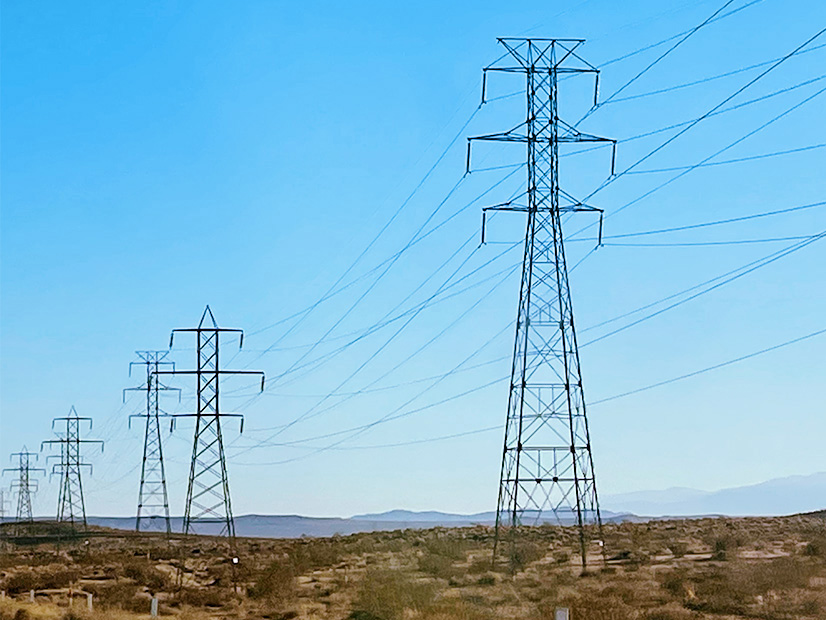California regulators are overhauling rules regarding the permitting of electric transmission projects, and one proposal suggests creating a shortcut for projects already approved in a CAISO transmission plan.
The California Public Utilities Commission is updating General Order 131-D, which contains rules for the permitting of transmission and distribution lines, substations and generation facilities in the state. The goal of the update is to make the permitting process more efficient and consistent.
GO 131 was originally adopted in 1970. The most recent version, GO 131-D, was approved in 1994 and modified in 1995.
Since then, “there have been significant changes in both the physical configuration of the electric grid and the market structure for electricity in California,” commissioners said in an order instituting rulemaking for GO 131-D.
In addition, Senate Bill 529 of 2022 directed the CPUC to update the general order to streamline the approval process for extensions, expansions or upgrades to existing transmission facilities.
Under GO 131-D, transmission projects of 200 kV or more need a Certificate of Public Convenience and Necessity (CPCN), whereas projects between 50 and 200 kV must obtain a Permit to Construct (PTC), which involves a less complex approval process.
But SB 529 changed the requirement for a CPCN for transmission expansion projects. Those projects now may proceed with the simpler PTC, even if they’re 200 kV or greater.
In Phase 1 of the proceeding, the CPUC updated GO 131-D to be consistent with SB 529.
An order incorporating the changes was approved and took effect in December, ahead of the Jan. 1, 2024, deadline set by SB 529.
Phase 2 Proposals
The proceeding has now moved into its second and final phase, in which additional changes to GO 131-D will be considered.
CPUC staff released a Phase 2 proposal on May 17.
One objective is to provide definitions for terms included in the Phase 1 additions. In particular, “extension,” “expansion,” “upgrade,” “modification” and “existing electrical transmission facilities” aren’t defined.
This has been “causing applicants to be uncertain about whether a particular project will require a CPCN,” CPUC staff said.
CPUC staff have also proposed a streamlining measure for transmission projects included in one of CAISO’s annual transmission plans.
The CPUC process for issuing a CPCN includes a review under the California Environmental Quality Act (CEQA) and an evaluation of the need for the project and its cost.
CAISO also evaluates the costs and need for a project in its transmission planning process, the staff proposal noted.
The proposed change to GO 131-D would establish a “rebuttable presumption” that the project meets the CPUC requirement for need if it’s an approved project in a CAISO transmission plan.
That would be consistent with Assembly Bill 1373 of 2023.
A bill in the state legislature this year tried to take the rebuttable presumption a step further. AB 3238 by Assemblymember Eduardo Garcia (D) would have created a rebuttable presumption that the benefits of a transmission project outweighed its environmental impacts if the project was included in a CAISO transmission plan.
The bill is still alive, but the rebuttable presumption provision was removed. (See Bill to Streamline Transmission Development Advances in Calif. Senate.)
The CPUC staff proposal also looks for ways to speed up the application and CEQA review processes.
One idea is to allow applicants to submit a draft environmental document for their project. That would cut out a step in which the applicant provides a proponent’s environmental assessment, or PEA, which is followed by staff preparation of an environmental document.
The proposal would require applicants to consult with staff on the environmental document at least 12 months before submitting an application.
A comment period for the Phase 2 proposal ran through July 15. The CPUC expects to release a proposed order by Oct. 13.




